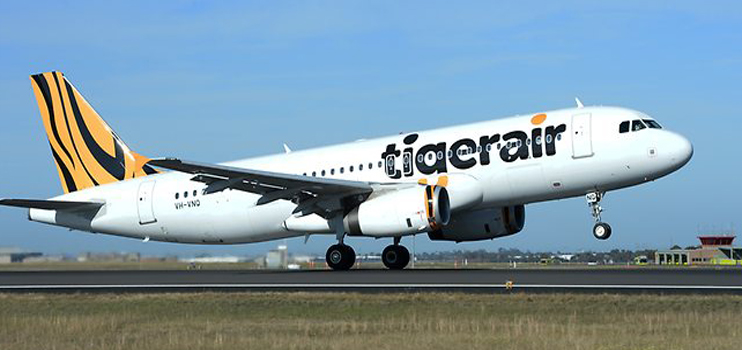Australians flying overseas will have a new series of choices after Virgin revealed more about its plan to shake up air services to and from Australia in 2015 with the repositioning of subsidiary Tigerair Australia as a regional international carrier.
Virgin Australia is trying to get its troubled offshoot back in the black after acquiring 60 per cent of the Singapore-owned carrier in 2013.
It announced in October 2014 it had done a deal with Tigerair’s parent to acquire the rest of the shares in the Australian division effectively for free – a nominal purchase of $1.
That’s because, since its establishment in 2007, Tigerair Australia has never made a profit and, in 2011, was further set back when it was grounded by Australia’s air safety regulator for breaches of flying standards by its pilots.
Tigerair has struggled for acceptance by consumers because it has followed a business plan used by overseas low-cost carriers like Ryanair and America’s Spirit Airlines to aggressively apply so-called ancillary charges for everything from baggage to seat allocation.
In the past three years, it has also attempted to expand during a damaging market share war between Qantas and Virgin after the latter took on the national carrier’s monopoly on business class travel.
And all that was happening at a time when the local economy was faltering and air travel demand was therefore subdued.
Just as Qantas and Virgin have declared a truce in their capacity war, Virgin boss John Borghetti has now also decided to stop the aggressive proxy war on Qantas subsidiary Jetstar through the newly acquired Tigerair subsidiary.
Instead of importing new planes and adding even more seating capacity on domestic routes, Borghetti has decided to turn to the booming international market to provide Tigerair’s next growth spurt.
But Borghetti has told AirlineRatings.com the new Tigerair strategy will be tightly controlled: There will be no attempt to use Tigerair services in the same way Qantas used Jetstar in taking over routes from the parent, he says. Crucially, that means Virgin Australia’s services from Melbourne, Sydney and Brisbane to Bali, for example, will continue to be operated by Virgin. The same goes for existing services between Australia and New Zealand and suggests Tigerair will concentrate on opening new international services not currently flown by the Virgin group.
Despite its troubled history, Virgin will not rebrand Tigerair as a new Virgin brand, even though the Virgin cache has been used successfully to establish new operations in the USA and Europe. “We’re very happy with the Tigerair brand,” Borghetti tells AirlineRatings.com.
The Virgin Australia chief executive says the group is in no hurry to achieve the subsidiary’s new role “between January and December” next year.
For a start, introducing international operations by Tigerair Australia will require a new Air Operator’s Certificate – the airline licence issued by the Australian Civil Aviation Safety Authority – which can take up to six months. That’s in addition to Virgin’s own plan to launch new services between Australia and Asia.
Borghetti told a tourism conference in Canberra on October 29 Virgin would add two and “maybe three” new international routes to its network over the next three years.
The hot favourite is Sydney-Hong Kong, which was vacated six months ago when Virgin Atlantic Airways decided to axe its Australian services.
Virgin is also understood to be eyeing Sydney or Brisbane to Singapore to link up with the global hub of its new alliance partner, Singapore Airlines, and Sydney or Brisbane to the Japanese capital, Tokyo.
























